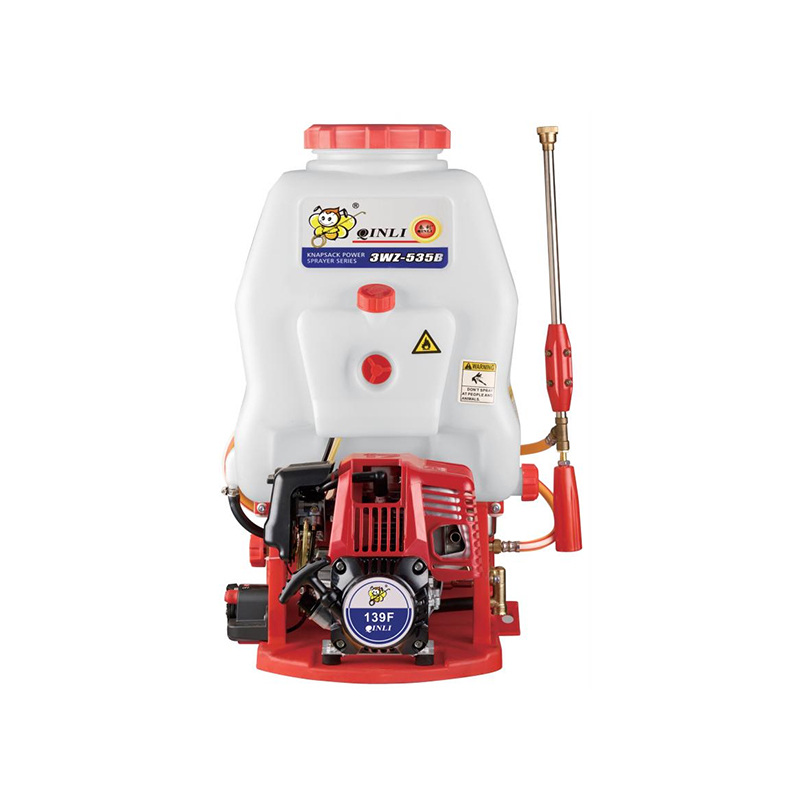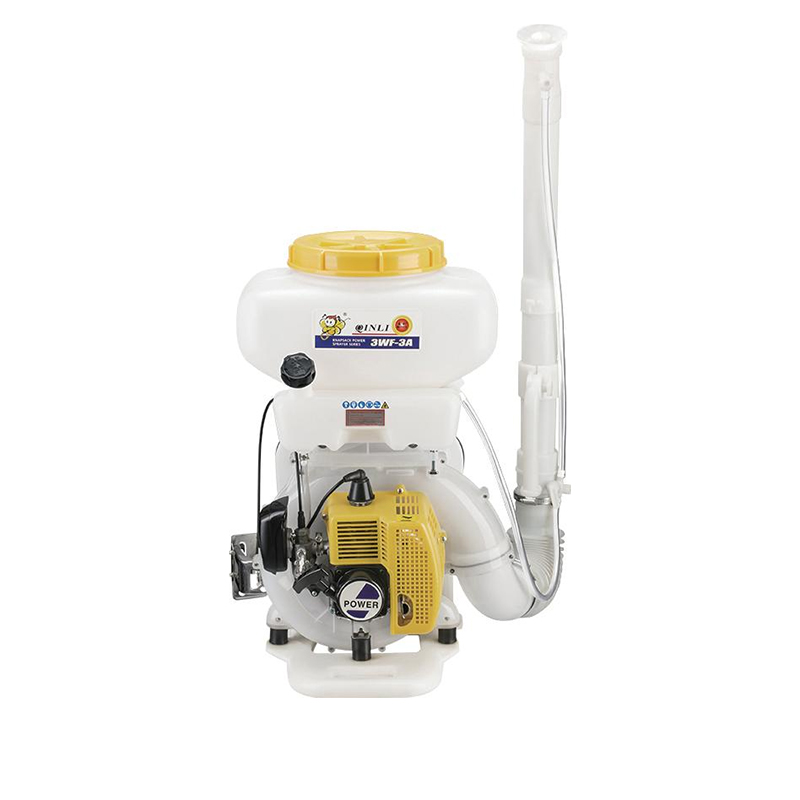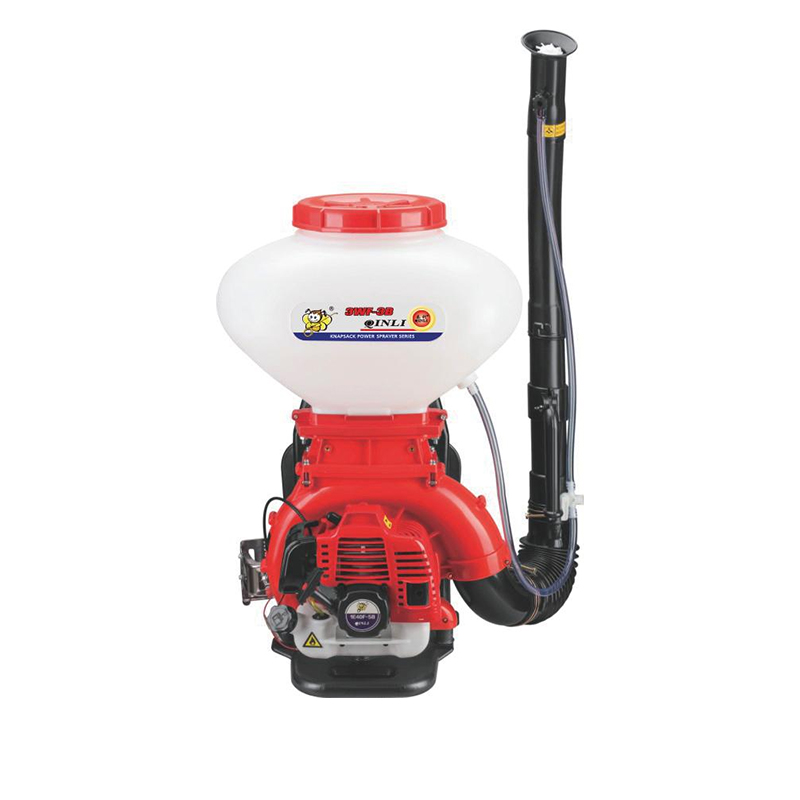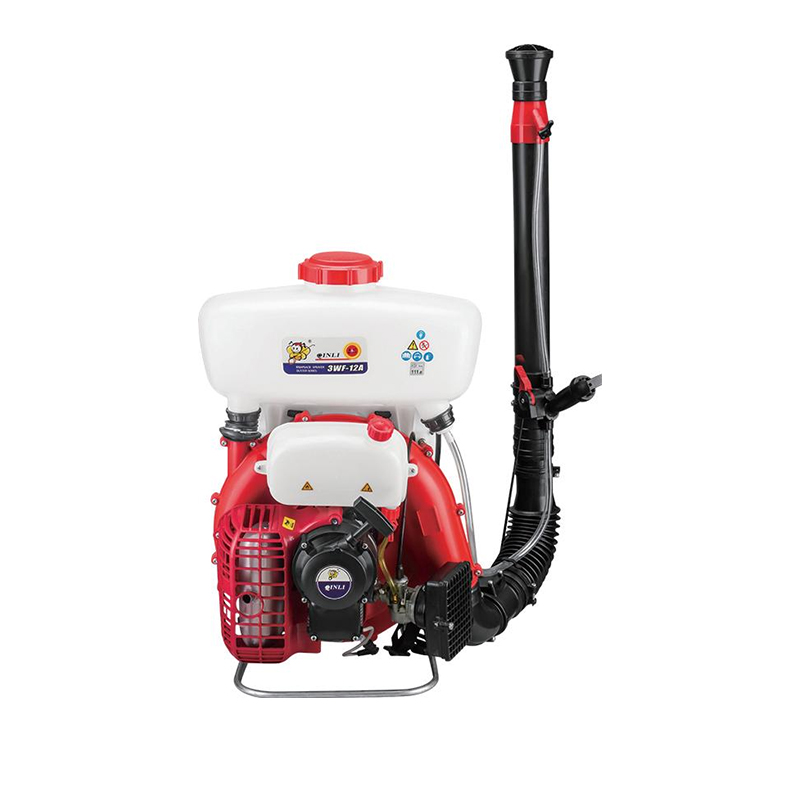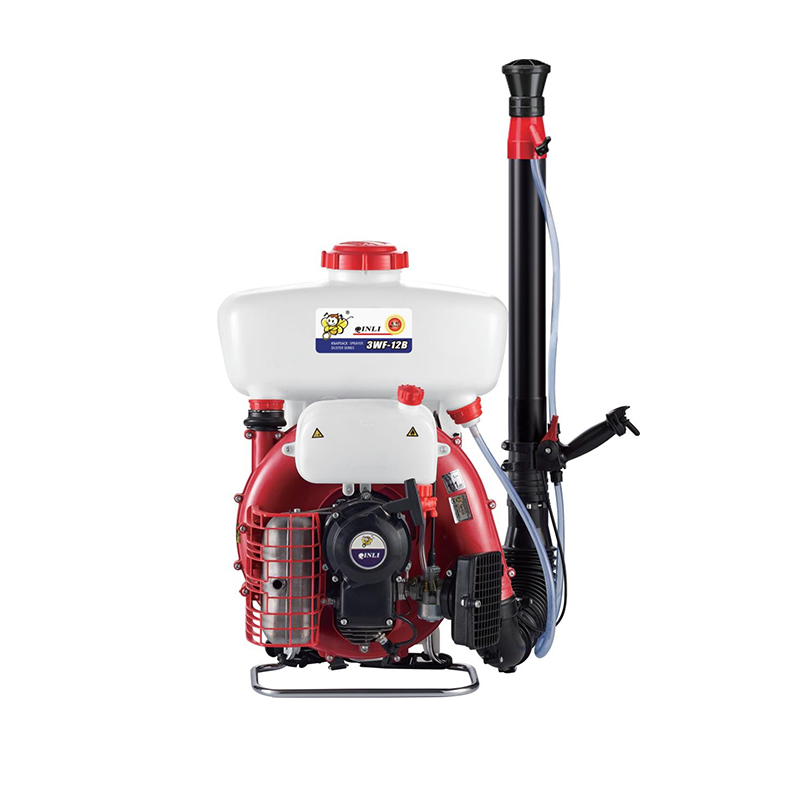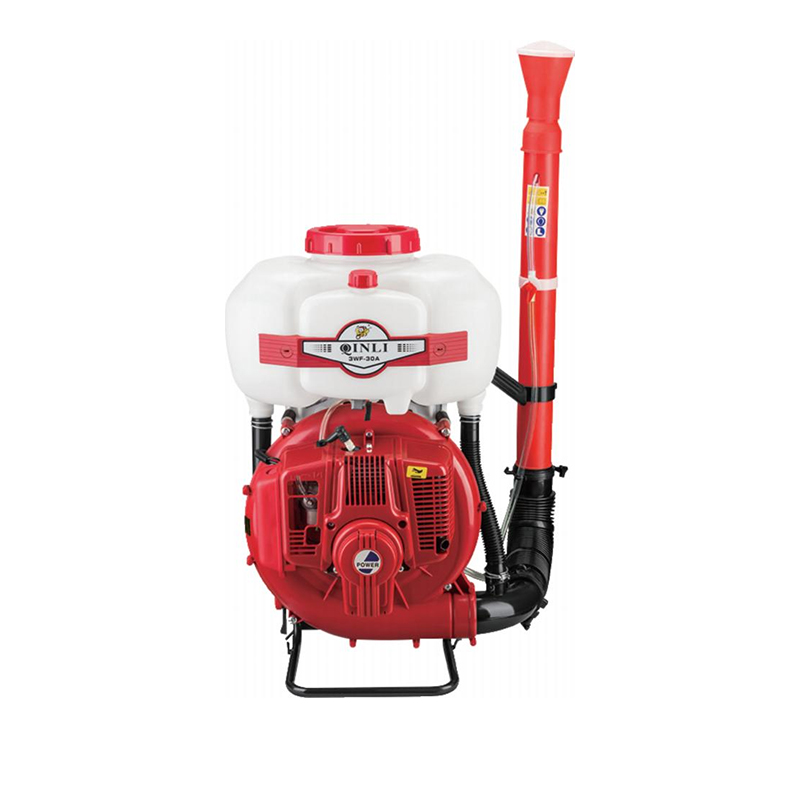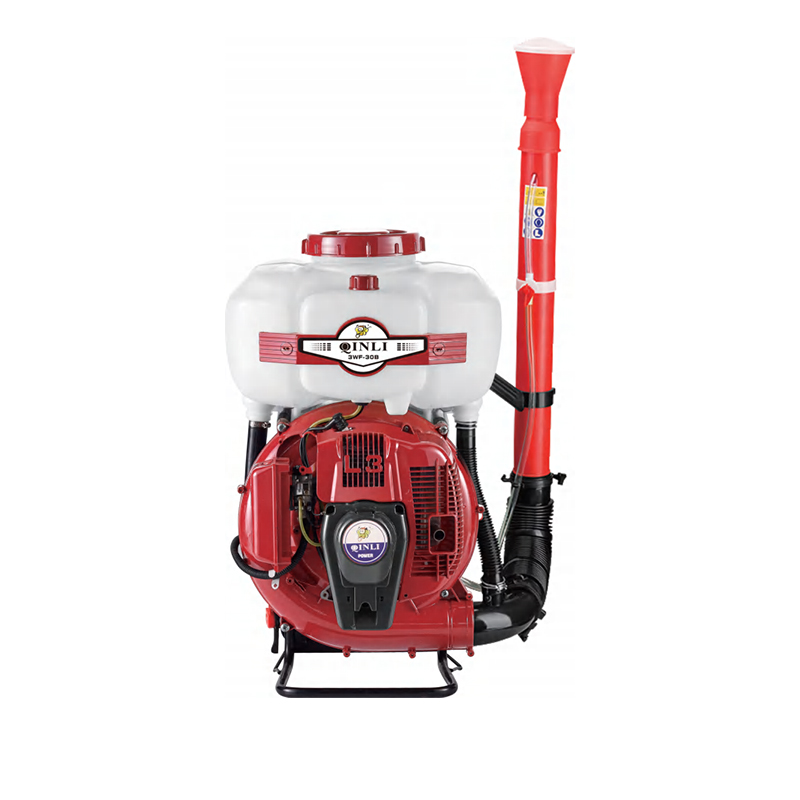Product Search
Efficient Water Management with Gasoline Pumps
Versatile Applications Across Industries
Gasoline water pumps have become indispensable tools in agriculture, construction, municipal water management, and emergency response. In agriculture, these pumps efficiently transfer water from natural sources such as rivers, ponds, and reservoirs to fields, supporting irrigation systems that ensure uniform crop hydration. Their rapid water movement capabilities also help in filling and draining water storage tanks or irrigation canals, making them ideal for large-scale farming operations.
In construction and landscaping, gasoline pumps are often used to remove excess water from foundations, trenches, or flooded work areas, reducing downtime and preventing soil erosion. Their portability allows workers to relocate pumps quickly across sites, adapting to changing project requirements. Emergency management teams rely on gasoline water pumps to mitigate flooding during storms or natural disasters, providing a rapid response solution where electricity is unavailable. This versatility demonstrates the crucial role these pumps play across a wide spectrum of water management scenarios.
Performance and Engineering Advances
Modern gasoline water pumps incorporate advanced engineering features that enhance efficiency, durability, and usability. High-performance engines provide reliable power output, while durable impellers and corrosion-resistant housings ensure long-term operation even under abrasive or contaminated water conditions. Recent improvements include vibration reduction, ergonomic handles, and noise suppression, which make operation more comfortable during extended use.
Fuel efficiency remains a focus, with many pumps optimized to reduce gasoline consumption while maintaining flow rates and suction performance. Self-priming models simplify startup procedures, eliminating the need for manual priming in applications. Multi-stage pumps allow for higher lift and increased water pressure, expanding the range of possible applications. Some advanced units feature digital flow meters, maintenance indicators, and real-time monitoring of operating hours, enabling users to track pump performance and plan preventive maintenance efficiently. These engineering innovations collectively improve the reliability, convenience, and operational flexibility of gasoline water pumps.
Market Trends and Global Demand
The global demand for gasoline water pumps continues to rise, driven by increased agricultural production, urban development, and the need for water management solutions in areas with limited electricity access. Portable, high-efficiency pumps are particularly popular in regions where rapid deployment is essential, such as remote farms, construction sites, and flood-prone areas.
Manufacturers respond to diverse market needs by producing a wide range of models, from lightweight pumps suitable for small-scale irrigation to heavy-duty units capable of moving thousands of liters of water per hour. Growing awareness of water resource management and emergency preparedness has further increased demand, with users seeking pumps that are reliable, easy to operate, and simple to maintain. The emphasis on durability, energy efficiency, and portability reflects broader trends in the water pump industry, highlighting the continued importance of gasoline-powered solutions in modern infrastructure and resource management.
Maintenance, Safety, and User Considerations
Proper maintenance is essential for the long-term performance of gasoline water pumps. Routine inspection of engines, fuel lines, impellers, and seals helps prevent breakdowns and ensures consistent operation. Cleaning filters, lubricating moving parts, and using fresh gasoline are critical steps to avoid damage and maintain efficiency. Seasonal storage, including draining fuel and water from the pump, prevents corrosion and mechanical wear.
Safety considerations are equally important. Operators should work in well-ventilated areas to avoid carbon monoxide buildup, use protective gloves and eyewear, and adhere to recommended handling procedures to minimize injury risk. Many users find that keeping a maintenance log, following manufacturer instructions, and performing scheduled checks significantly extend pump lifespan.
Recommended Products
- CONTACT DETAILS
-
- +86-13857697898
- +86-576-88121879
- export@qinlisprayer.com
- 18 Yanhai, sanjia Street, Jiao Jiang Dis, Taizhou city, Zhejiang, China
 Download Sample
Download Sample
- PRODUCT CENTER
- SEND A MESSAGE



 English
English  中文简体
中文简体  Español
Español  عربى
عربى 